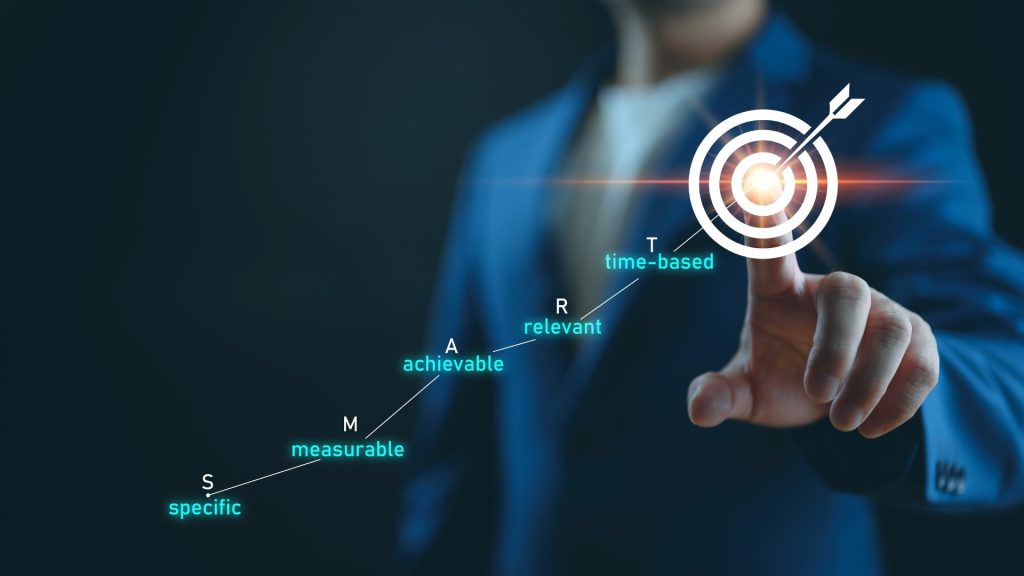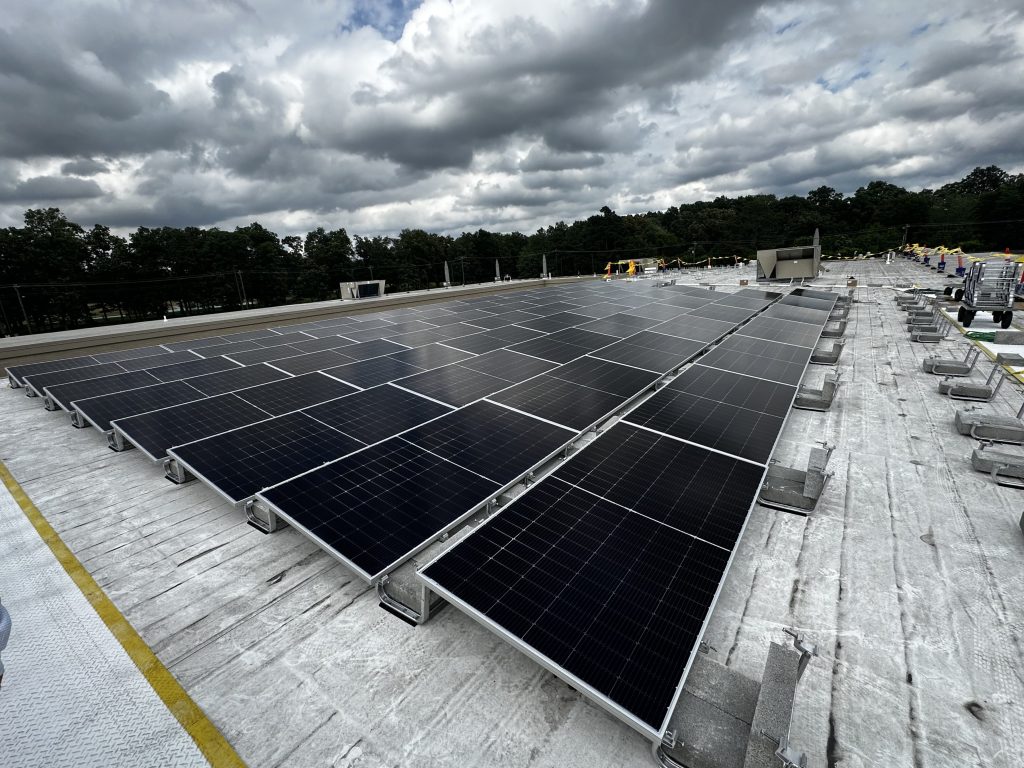Picture this: a bustling commercial facility grappling with mounting energy costs and outdated infrastructure. This was the scenario when Ascendant Facility Partners (AFP) stepped in for an energy audit. The team, led by Managing Principal Russ Litsinger, began with a detailed Preliminary Energy Use Analysis, uncovering historical energy use patterns and costs. Then, during the Facility Site Survey, they meticulously gathered data and conducted onsite assessments, identifying key areas for improvement.
As the audit progressed to the Facility Analysis stage, the team synthesized the collected data into actionable recommendations. One finding stood out, a utility rate review revealed a significant opportunity for savings. “We identified almost $31,000 per year in energy cost savings through a utility rate review,” Litsinger recounts with a hint of pride.
The revelation was nothing short of transformative. The no-cost rate structure change provided immediate financial relief. But AFP did not stop there. Reinvesting the savings into substantive infrastructure improvements further boosts the facility’s efficiency and generates additional energy cost savings.
This story exemplifies the profound impact of a well-executed energy audit. By leveraging their expertise and employing advanced tools, AFP not only helped the client cut costs but also paved the way for long-term sustainability and operational efficiency. “The successful identification of energy-saving opportunities comes down to experience and skill,” Litsinger emphasizes, and this case beautifully illustrates that principle in action.
The Energy Audit Process
Stage 1: Preliminary Energy Use Analysis
The journey begins with a comprehensive Preliminary Energy Use Analysis, often referred to as ‘Benchmarking’.
- Energy Use Intensity (EUI): “Our primary objective at this stage is to develop an accurate picture of a client’s historical energy usages and costs,” explains Litsinger. This involves calculating the EUI, which measures the annual energy usage per square foot.
- Energy Cost Index (ECI): Similarly, the ECI calculates the ratio of actual energy costs to the building’s size.
- Energy Rate Analysis: These metrics help compare a facility’s energy efficiency against similar buildings nationwide and regionally to ensure the client is in the most cost-effective rate structure.
Stage 2: Facility Site Survey
The second stage involves a thorough Facility Site Survey to identify potential Energy Conservation Measures (ECMs) and onsite power generation opportunities. This stage is conducted in two phases:
- Pre-Survey Data Collection: Gathering information on facility functional use, age, occupant load, operations and maintenance procedures, and other relevant characteristics begins in Stage 1 and continues here.
- Onsite Assessment: “During the onsite assessment, we conduct interviews with facility stakeholders to identify existing operational and maintenance issues and key project drivers,” says Litsinger. This ensures the audit is aligned with the client’s long-term facility goals.
Stage 3: Facility Analysis
In the Facility Analysis stage, data collected in the first two stages is synthesized into actionable options for the client.
- No-Cost/Low-Cost Opportunities: “We develop both no-cost/low-cost energy conservation opportunities and potential capital-investment ECMs, aligned with the client’s infrastructure goals,” Litsinger notes.
- Detailed Breakdown: This stage provides a detailed breakdown of anticipated savings and costs associated with each opportunity.
Stage 4: Reporting
Finally, the Reporting stage involves presenting the findings to the client and initiating a dialogue about how each measure can support their goals.
- Review and Dialogue: “This stage is crucial as it reviews all vetted potential ECMs and energy-production measures, evaluating the benefits and risks specific to the client’s unique facility needs,” explains Litsinger.
Tools and Technologies
During an energy audit, AFP employs a variety of tools and technologies. These fall into three categories:
- Measuring Devices: These include tools for measuring variables such as temperature, pressure, volume, velocity, power, and illuminance, which impact energy usage.
- Data Analysis Tools: Programs and spreadsheets assist in compiling, organizing, and evaluating data into an intuitive and actionable format.
- Engineering Fundamentals: “Our training and experience in the practical application of physical principles that undergird energy transfer help illuminate practical strategies to minimize entropy,” Litsinger shares.
Identifying and Prioritizing Opportunities
The key to identifying energy-saving opportunities lies in experience and skill.
- Experience and Skill: “While modern tools streamline assessment activities, they still rely on the expertise of the user,” Litsinger emphasizes.
- Vetting and Client Input: AFP’s extensive experience in facility surveys and operational dynamics equips them to identify relevant and prudent opportunities. Prioritization involves client input to ensure alignment with financial viability and long-term sustainability goals.
Data Collection and Analysis
Data collection is integral to developing energy-saving recommendations. AFP measures various factors to identify inefficiencies:
- Lighting Levels: Measured in lumens to ensure appropriate lighting levels, avoiding occupant discomfort or excessive energy usage.
- Electrical Power: Measured in kilowatts to reveal inefficient devices that may increase energy consumption and decrease their lifespan.
- Differential Pressure: Helps evaluate building air balance, identifying infiltration issues that can affect indoor air quality and energy efficiency.
Paving the Way for a Sustainable Future
Energy audits by AFP offer a structured, data-driven approach to uncovering and implementing energy-saving opportunities. With extensive experience, advanced tools, and a client-focused methodology, AFP helps clients achieve significant energy and cost savings, enhancing their facilities’ efficiency and sustainability. As Litsinger aptly puts it, “The successful identification of energy-saving opportunities comes down to experience and skill.” This blend of expertise and innovative approach not only transforms facilities but also paves the way for a more sustainable future.




